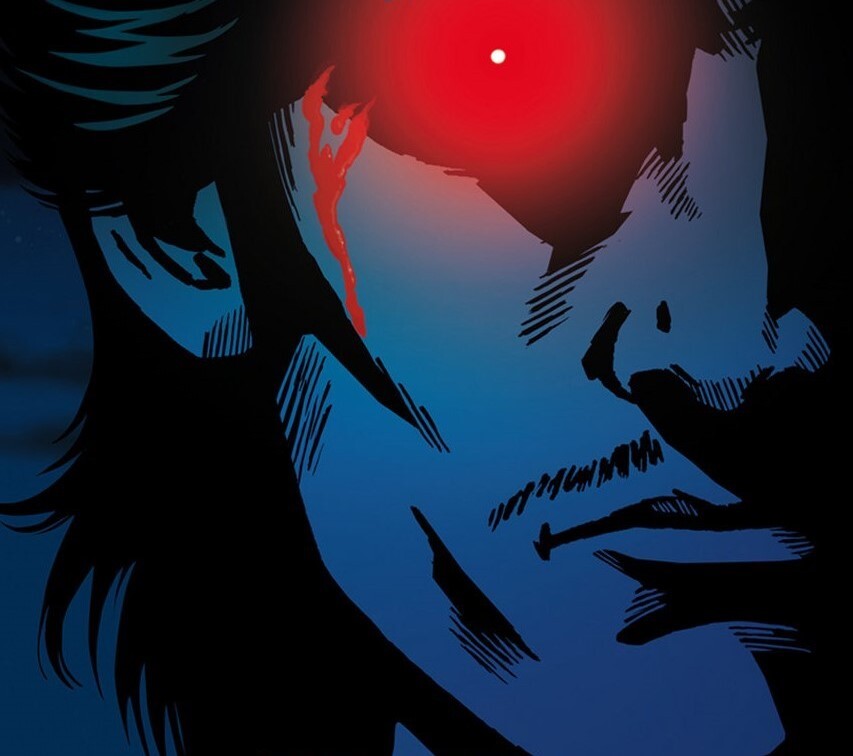I’ve seen them called “Stop Lines”, “Balk Line”, etc. The thick line painted on the road at a Stop Sign.
You’re supposed to stop before the line, but a lot of the time there’s a bush or other obstruction so you can’t see any crossing traffic. You have to creep forward until you can see anything.
Is there a reason for this? Is it done on purpose? It makes sense if there’s a crosswalk or something, but I see it a lot where there shouldn’t be any pedestrian activity.

I see it a lot where there shouldn’t be any pedestrian activity.
This is a carbrained perspective. If an intersection is designed for cars to the exclusion of other uses, then others are unlikely to use it, which perpetuates car dependency. Even if all cars were electrified, car dependency would still be a massive problem in the US.
I guess my thought process is if they placed the line a tad further forward where you can see crossing traffic, including pedestrians, more people would actually stop at the designated spot. The way I see it most often now is people ignore the line completely (boy who cried wolf effect maybe), further endangering pedestrians.

Regulatory measures shouldn’t be relaxed because people aren’t following them, they should be enforced better. Of course how to do that in many situations such as this is the question. Other things are similar, like group speeding or smart phone use while driving.

Sometimes relaxing regulatory measures leads to people following them better, as they better match the intent of the regulation rather than being seen as absurd. It also lowers the ‘benefit’ of deviancy from that regulation.
Sometimes you’re right, you regulate more extremely than the intent because people will follow it better, or it makes it easier to enforce.
The point is there’s not a one size fits all.
Traffic laws aren’t enforced where I am, but I wish they were. People routinely run stop signs.

Same here. When I stop at a stop sign and there is a car behind me, I routinely take bets in my head to see if the next car just goes through it. Most often they do. Running red lights is another…if you are at a red light waiting for it to change to green, always wait a split second before going and also give a glance both ways. Don’t assume because the light is good there isn’t someone trying to beat the red. Or just going through an obvious red because they’re more important than everyone else in their head. I’ve gone through many a yellow light thinking to myself that I really cut it close, then I notice one or even more people have followed me through the intersection. Boy they get upset too if you actually stop for that yellow.

Others had pointed the reasons, I wanted to add that you have to stop at the line, and if something obstructs your sight (at stop signs, not traffic lights) you have to go a bit forward and stop again.

For stoplights, the stop line being comically far back is often so buses and trucks have room to make a big turn without colliding with your vehicle. If you’re at an intersection where the stop line is in an absurd place, it’s usually better to stop there rather than stopping wherever and running the risk of finding out why it is that you were supposed to stop way back.
For stop signs, I have no idea. Maybe it means the traffic engineer was drunk that day or something; IDK.

There is an intersection on the south side of providence RI that is like this and every single day someone is way out there like they supposed to stop up with the other two lanes and they end up trying to back up into a line of stopped cars while a city bus honks at them
Now that you mention it, even if you stop at the stop line, it’s still very possible to not see any crossing traffic and then start creeping forward only for a bus to appear. By then it’s too late.

I live in a very hard to navigate city by tractor trailer in the U.S. This is correct even in the case of stop signs. Tight turns need clearance for large vehicles or else you get no infrastructure
The lines at intersections with traffic lights make sense to me, especially since they all have crosswalks, etc. in my area.
- eatabagofbooger ( @eatabagofbooger@lemmy.ml ) 21•2 months ago
At a guess, these are for pedestrian crossings. The idea is that you come to a stop before the line, then push out to where you can see cross traffic, then go. Shouldn’t cost more than a couple seconds and is way better than charging right up through where pedestrians might reasonably step out before looking both ways.
And yeah, sometimes these are in places where you might not expect pedestrians, but that doesn’t mean there won’t be pedestrians. Especially in the US where infra is terrible. Moreover, these things are often governed by regulations that hold for all intersections rather than having different rules for different roads depending on whether you think pedestrians are likely to be there or not.
In fact, I’d argue that the fact that you don’t expect a pedestrian to be at a certain intersection is a good reason to have more regulations to encourage drivers to watch out for pedestrians, not less.

This answer is spot on. I know this varies by state but in my state every intersection is legally a crosswalk, regardless of markings, and drivers are required to stop at them and yield right of way to pedestrians. This applies whether the pedestrians are in the crosswalk or appear to be attempting to enter the crosswalk. The area legally designated as crosswalk is the space between the stop sign and the road, and in the vast majority of cases in suburban areas is unmarked. There is no way in most of these that a driver will be able to see pedestrians or cyclists coming, especially from the right, unless they stop at that stop sign. The correct procedure is to stop at the sign, determine that the pedestrian way is clear, and then pull forward to the road. There’s almost 1 pedestrian death an hour in the US and most of these deaths are avoidable from the driver’s point of view just by following this and other legally mandated procedures.

It’s often intentional to obstruct vision, since it’s the only real way of making drivers actually slow down. Even someone willing to run a stop sign isn’t willing to drive at speed into an intersection they can’t fully see.
That doesn’t really require placing the line further back, but it may have been part of the motivation, along with what the others said.

In the US, more often than not, intersections like this were designed to handle traffic consisting of tractor-trailers. Tractor-trailers need considerably more space to maneuver than a small passenger car or pickup truck.
As for the visual obstructions, my guess is some city planner failed to take the sight line of small cars into account when decorating or road side maintenance had been put off, allowing foliage to grow where it shouldn’t.
What you’re supposed to do is fully stop at the line and then slowly scoot forward to where you can see crossing traffic and come to a full stop again. Then proceed according to whatever traffic rule governs that intersection.

They are set that far back so that you don’t obstruct traffic on your right from making a left turn to your oncoming lane. You would be able to see such traffic from the stop bar.
Once you see that area is clear, you can pull forward.
It is particularly important for bikes and motorcycles to obey these stop bars. When stopped just past the bar, on the left side of the lane, a moyorcyclist is hidden behind the fat A-pillar and/or side mirror of most modern cars.

In UK it is compulsory to stop at the line, and then you start edging forward. So logically it’s further back so that instead of wildly driving into a main road you creep into it. The stop line slows traffic all the way down so they’re driving out into that road at 10 mph perhaps.

This is also how it is in America, but a lot of people get pissy with you for “stopping” in the sidewalk even in the right turn lane (I assume left for y’all)

I’m the UK the stop lines are not set back 15ft from the intersection. I don’t really understand your point, or certainly how it is relevant to the question, which is effectively “why are American stop lines different from British stop lines”.

I know in some places, like Texas, they seem to presume that you have a tall truck. Anyone with even a normal-height vehicle is thereby put at a severe disadvantage, especially when you try to see past the tall truck that has pulled way far FORWARD past the line, just to stop at a red light.
i.e., it is for measuring the size of one’s dick, even (especially?) for women drivers. Learn to swing it proud, or else never get anywhere in those places!

A lot of times that’s where people cross the street. Want people to stop before the spot people might step out into.

Death=money=thriving economy.
Sorry fo the shitty answer.
